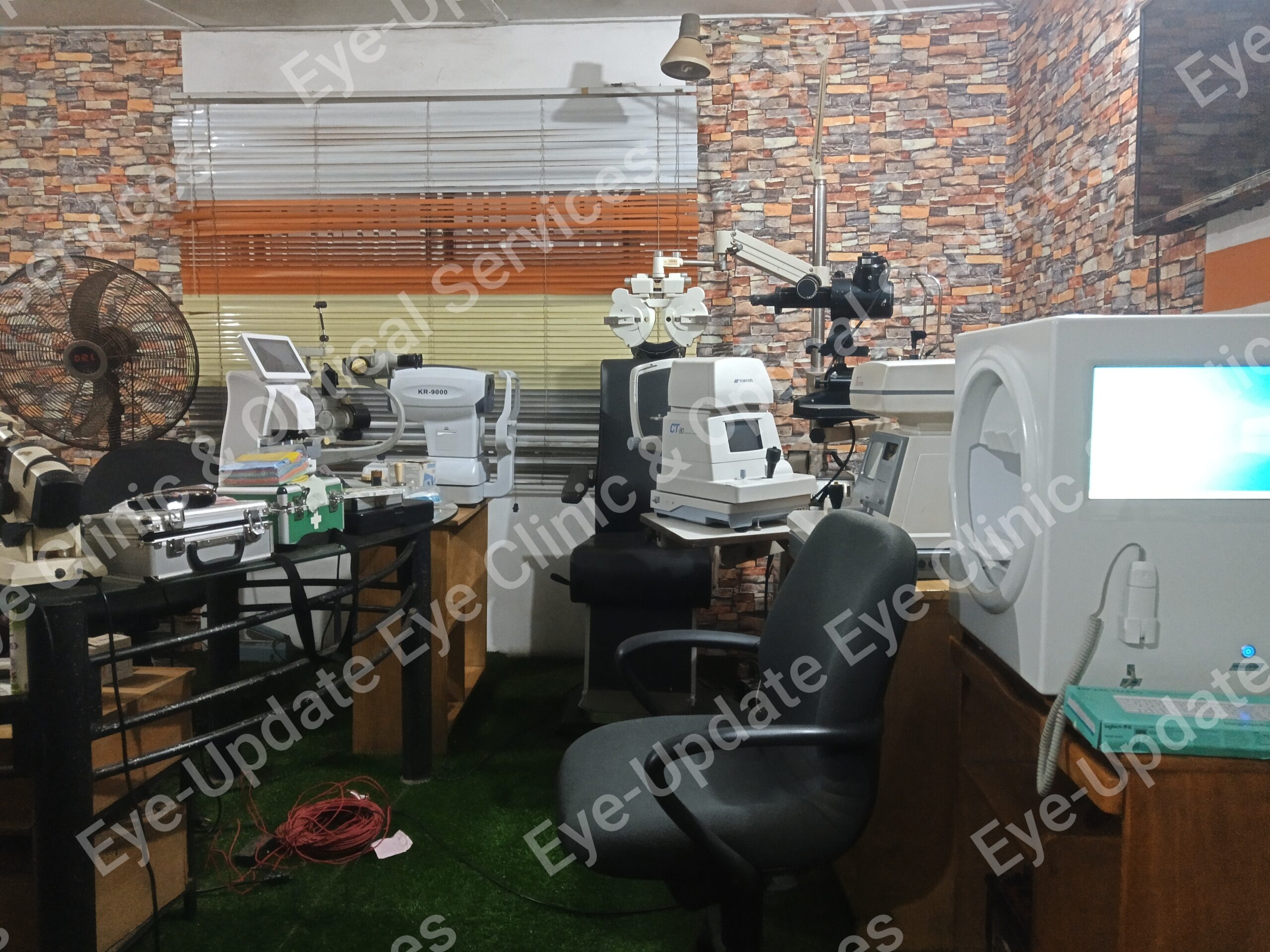It is possible to do some basic testing of your vision and the vision of your family members and friends at home. Home eye testing is not a substitute for a complete medical eye examination by an ophthalmologist. Testing your vision at home will not be as accurate as what your ophthalmologist can do. But home eye testing could help you discover a problem that requires professional attention.
Many eye disorders can be corrected if discovered and treated early. Learn more about when eye exams are recommended.
Children under age 3 should have their vision tested by an optometrist, ophthalmologist or other vision care professional.
What You Need to Test Your Vision at Home
- Something to cover the eye, like a paper cup or facial tissue.
- Scissors.
- Tape or tack to hang the test chart on the wall.
- A pencil or pen to record the results.
- A yardstick, tape measure, or ruler.
- A flashlight, if available.
- A well-lighted room at least 10 feet long.
- The correct testing chart.
Prepare the Test Area
- Select either the child’s or adult’s test chart and print it out.
- When printed, the largest letter at the top of the chart should be just under an inch (23 millimeters) tall.
- Measure 10 feet from a wall with no windows, and place a chair at this point.
- Tape or pin the chart on the bare wall, level with the eyes of the person you will test as he or she sits in the chair.
Testing a Child (Age 3 or Older)
Explain to your child that you are going to play a “pointing game.” Using the practice E card, show him or her how to point in the same direction that the E is “pointing.” Turn the practice E in the four different directions (up, down, right, left). You may hold the practice card as close as the child wants until he or she can point in the four directions without help.
- Have your child sit in the chair 10 feet from the chart, holding the cover over one eye without applying any pressure. Do not let the child peek. A second person may be needed to hold the cover in place and watch for peeking. If your child wears glasses, he or she should wear them during the test.
- If the chart seems too dark to see clearly, use the flashlight to illuminate the test letters.
- Point at each of the Es, starting with the largest. Have your child point in the direction the E is pointing.
- Write down the number of the smallest line your child can correctly see (more than half of the Es correctly identified).
- Then repeat the test with the other eye covered. If your child is tired, you may wish to test the other eye at a different time.
Testing an Adult or Older Child
- Have the person being tested sit in the chair, 10 feet from the chart. Make sure the chart is level with his or her eyes.
- Have the person being tested cover one eye. If he or she uses eyeglasses for distance vision, the glasses should be worn during the test.
- Shine the flashlight on each line of the chart, while the person you are testing reads the letters out loud. Continue to the bottom row or until the letters are too difficult for the person to see.
- Write down the number of the smallest line seen correctly (the line with more than half of the letters correctly identified).
- Now repeat the test with the other eye covered and record the results.
What Are Normal Scores for Home Eye Testing?
A child should be able to see the 20/40 line by age 3 or 4 and the 20/30 line by age 5. If you test your child several times on different days and your child cannot see the expected line of print or cannot see the same line with each eye, he or she may have an eye problem. You should have your child evaluated by a physician.
An older child or adult should be reading the 20/20 line. You should arrange for a medical eye examination by an ophthalmologist if there are abnormal results.
Home Vision Test Results
Record the results of your home screening by filling in the number of the smallest line the person could read for each line below. If the test results indicate that you or your child needs to see an ophthalmologist, take the numbers you wrote down with you.
| right eye | left eye | |
| Home Visual Acuity Screening | 20/___ | 20/___ |
Download Home Eye Testing Charts
- Single E Practice Card (PDF)
- Children’s Home Eye Test Chart (PDF)
- Adult’s Home Eye Test Chart (PDF)


Leave a Reply
You must be logged in to post a comment.